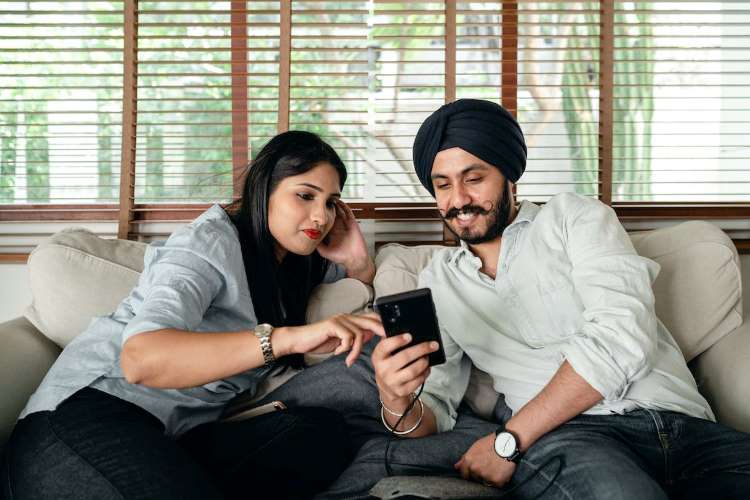
The government is actively exploring the possibility of streaming TV channels directly to mobile phones without requiring internet data. As smartphones increasingly become the primary devices for content consumption, the direct-to-mobile technology promises users the best of both worlds — the convenience of broadband combined with the reliability of broadcast.
Currently, there is an ongoing debate over the D2M technology. An inter-ministerial meeting, scheduled for early December, will involve the ministry of information and broadcasting and the department of telecommunications. This meeting will seek to define the scope of D2M in India and review findings from feasibility studies. A key discussion point is whether to restrict its use to Prasar Bharati or to include private broadcasters as well.
READ | India’s MSME sector: A crucible of challenges and resilience
Direct-to-mobile technology
Direct-to-mobile technology has the potential to revolutionise mobile content delivery. Unlike traditional methods that rely on internet connectivity, D2M beams multimedia content directly to mobile devices without requiring an active internet connection. This opens up a plethora of possibilities for content providers, broadcasters, and consumers alike.
D2M represents the convergence of broadband and broadcast technologies. This means smartphones could receive terrestrial digital TV, similar to FM radio reception. Additionally, mobile phones could directly receive multimedia content using D2M. The DoT and Prasar Bharati are currently assessing the feasibility of this technology.
D2M offers significant benefits. For example, the government could use it to send crucial messages during emergencies, highlighting its importance for public safety communication. Globally, data rates are high, and if broadcasters can deliver content as they do on television, it would reduce costs and extend accessibility. The technology could also benefit rural areas with limited or no internet access, allowing residents to view video content.
Businesses are eagerly anticipating D2M as it could enable telecom service providers to transfer video traffic from their mobile networks to broadcast networks. This shift would decongest mobile spectrum, potentially reducing call drops and enhancing data speeds. Another key aspect of D2M is its potential to counter misinformation by ensuring that only licensed operators can broadcast news. For users, the technology promises seamless streaming without buffering and without consuming internet data.
Direct-to-mobile: A transformative technology
A draft technical report by the Telecommunication Engineering Centre (TEC) under the DoT, released in August, praised D2M as a transformative content delivery method. The technology could also provide localised content, including news, weather updates, and advertisements. However, telecommunication service providers (TSPs) and device manufacturers express scepticism about D2M. TSPs, in particular, fear revenue loss from video consumption, an increasingly lucrative segment. The technology might also necessitate rethinking 5G strategies.
There are also technical concerns. Current smartphones are not designed for D2M, and adapting them would be both challenging and expensive. Incorporating a separate baseband processing unit into smartphones would increase costs and disrupt the design of long-term evolution and 5G networks. Additionally, the technology’s reliance on larger antennas presents integration challenges in existing smartphone designs.
Infrastructure upgrades are another issue. Transmitting D2M signals requires a dense network of terrestrial towers, which is currently not feasible. This infrastructure challenge poses a significant obstacle to the implementation of direct-to-mobile technology. Regulatory concerns also arise. If broadband and broadcast converge, it is unclear who would regulate the combined service.
D2M is still in its early stages, and the government is working to engage key stakeholders to address these challenges and make the technology feasible. However, Prasar Bharati’s CEO has identified bringing mobile operators on board as a significant hurdle in widespread D2M deployment. Any large-scale rollout will necessitate infrastructural and regulatory changes.
Meanwhile, 5G Broadcast technology, which is under testing, offers an alternative to D2M. It uses high towers with powerful transmitters to distribute media content and is compatible with both 5G and 4G networks. This approach could eliminate the need for new processing units in devices, potentially reducing costs.
Apart from reduced reliance on Internet, D2M alleviates the burden on mobile networks, particularly in areas with limited or no internet access. It also ensures that users can access content even in situations where internet connectivity is disrupted or unavailable. D2M signals can reach a wider audience, including those in remote or underserved regions.
Direct-to-mobile technology holds immense promise for enhancing mobile content delivery and expanding access to information and entertainment. As the technology matures and challenges are addressed, D2M is expected to play a transformative role in the future of mobile communication and content consumption.
